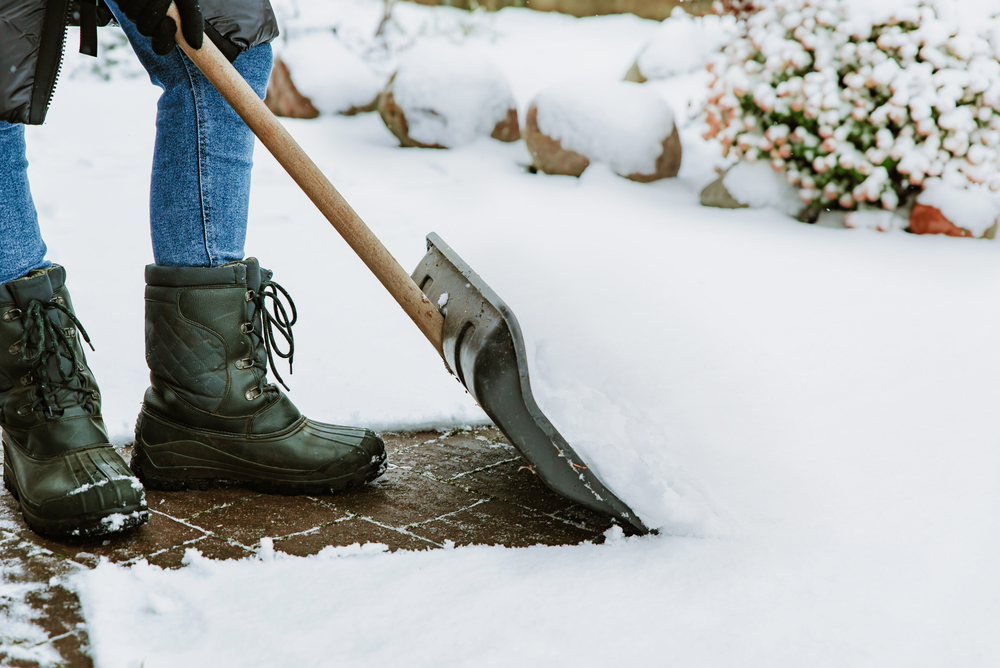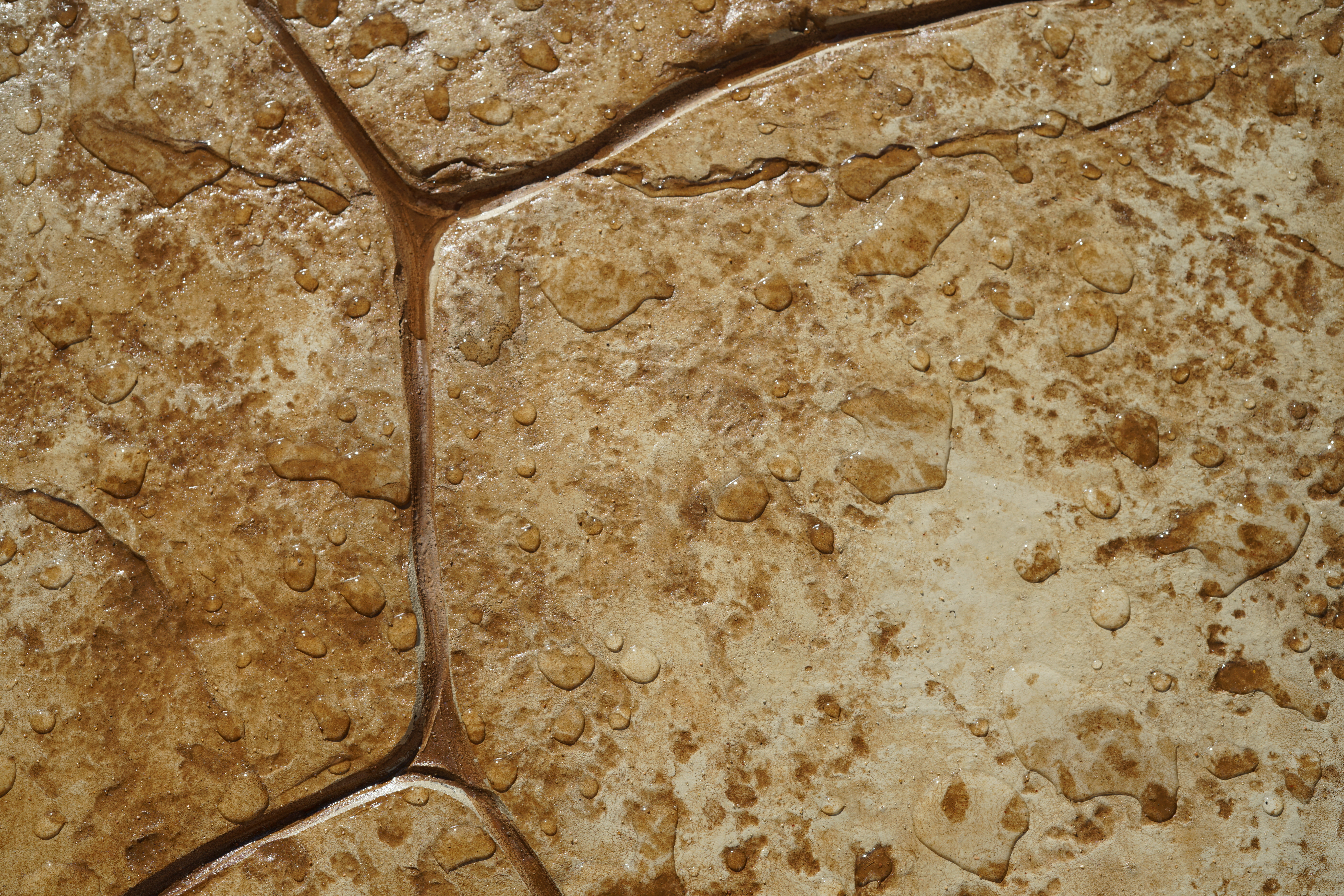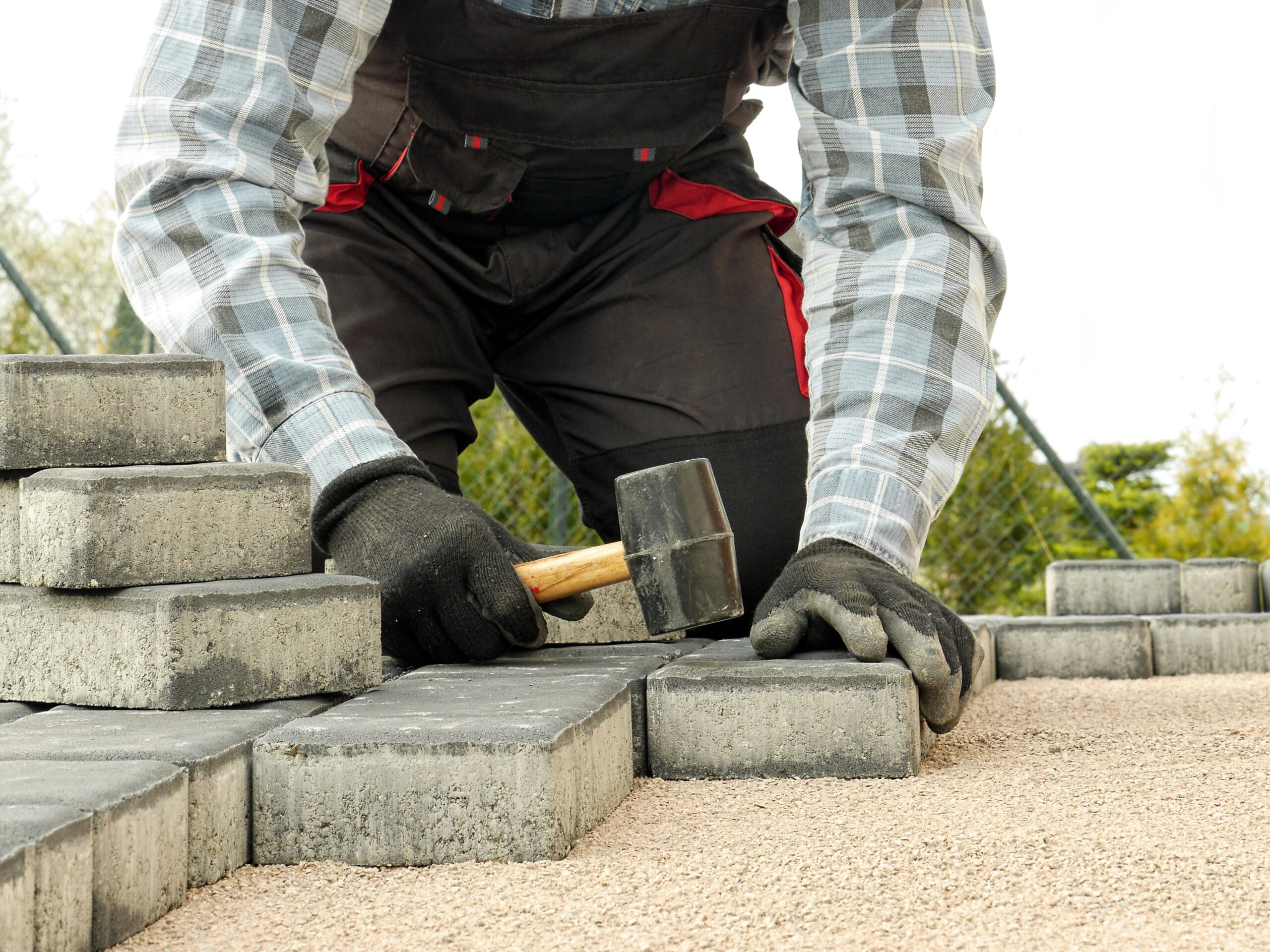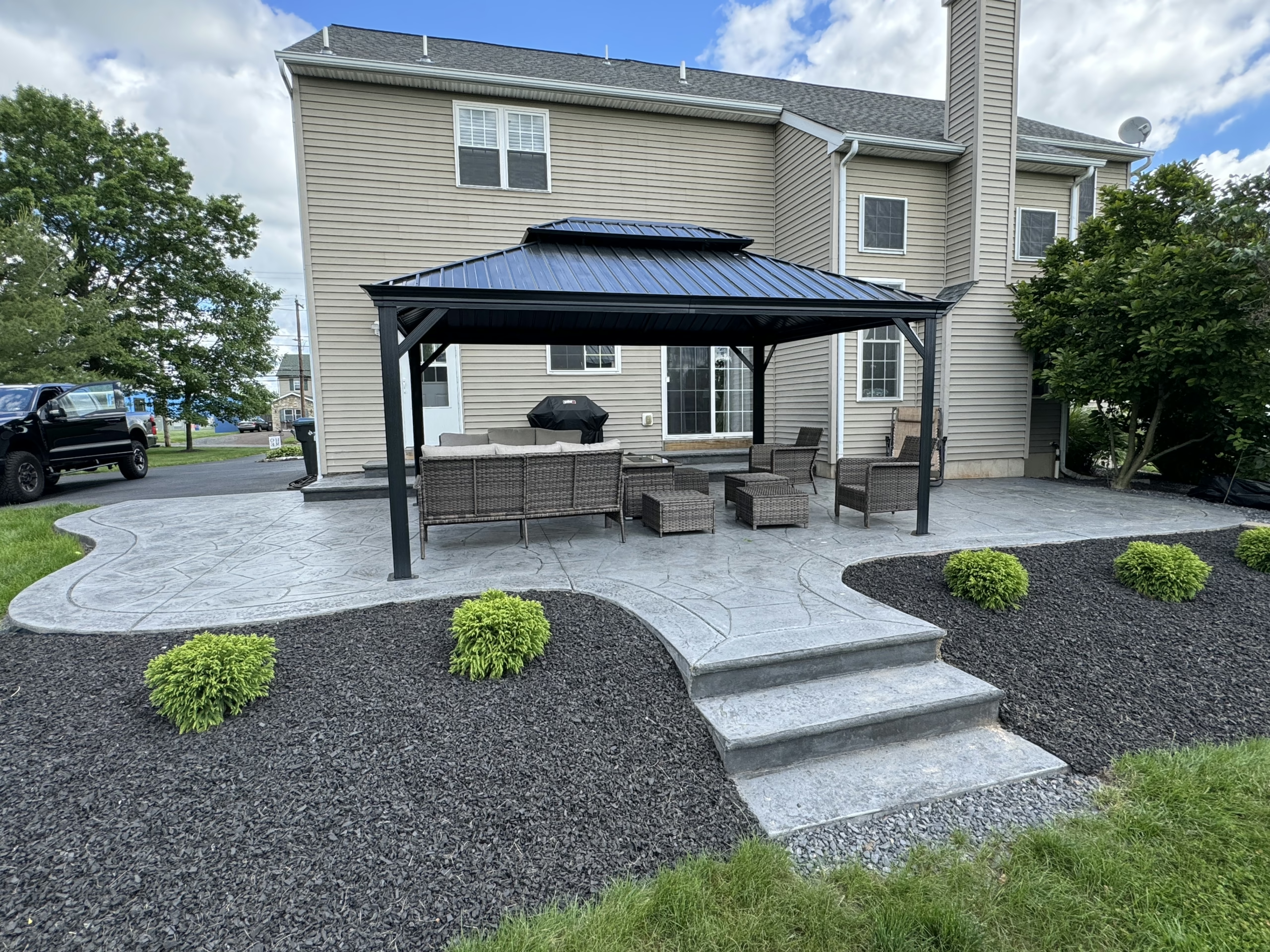Building materials are subject to some of nature’s most destructive forces when winter arrives and temperatures start their seasonal dance above and below freezing. In cold climate regions, freeze-thaw cycles are a major hazard to stone and concrete structures, resulting in billions of dollars’ worth of damage every year. Property owners, contractors, and anyone else in charge of maintaining buildings in regions with freezing winters must comprehend how this phenomenon operates and what they can do to protect their investments.
What Are Freeze-Thaw Cycles?
When water in porous materials, such as stone or concrete, repeatedly freezes and then melts, this is known as a freeze-thaw cycle. In this process, ice melts into liquid water when daytime temperatures rise above 32°F (0°C), and the water then freezes again when nighttime temperatures fall below freezing. Materials may undergo dozens or even hundreds of these cycles over the course of a normal winter in northern climates, each of which compromises the structural integrity of the material.
The frequency of these cycles varies dramatically by location:
- Coastal moderate climates: Only a few freeze-thaw cycles occur annually, which causes damage to progress more slowly.
- Northern United States and Canada: During the spring and fall transitions, cycles can happen virtually every day.
- Northern Europe: During shoulder seasons, similar high-frequency patterns occur.
- Mountain regions: Especially aggressive cycle patterns are produced by extreme daily temperature fluctuations.
This repeated stress makes freeze-thaw damage a cumulative problem that worsens progressively over time.
The Science Behind the Damage
Water has a special characteristic that allows for freeze-thaw damage: when it freezes, it expands by about 9%. Although this expansion may appear slight, the forces produced can amount to several thousand pounds per square inch when it occurs inside the tiny pores and capillaries of stone or concrete. This pressure pushes the material apart from the inside, much like thousands of tiny wedges working together. This is especially important to consider for decorative surfaces like stamped concrete in Downingtown, PA, where freeze-thaw expansion can cause visible cracking and long-term structural wear.
Both natural stone and concrete are porous materials with an infinite number of microscopic channels and spaces. Water can move deeply into the material when it enters these pores through rain, snow, or ground moisture. There is a predictable pattern to the damage process:
- Water penetration: Moisture enters through surface pores, cracks, and capillary channels
- Temperature drop: As freezing occurs, water expands by 9% in volume
- Internal pressure: Expansion creates forces of thousands of PSI against pore walls
- Material stress: Concrete and stone experience tensile stress they resist poorly
- Micro-cracking: Small cracks form and existing ones expand
- Increased vulnerability: Enlarged openings allow deeper water penetration in the next cycle
The fact that this process is perpetuated by itself makes it especially harmful. Tiny cracks are formed and preexisting ones are widened with each freeze-thaw cycle. More water can enter the material more deeply during the subsequent thaw thanks to these expanded holes. More material is impacted by the subsequent freeze, resulting in more extensive damage. This gradual degradation quickens with time, which explains why buildings may appear to be in good condition for years before exhibiting noticeable signs of deterioration.
How Concrete Responds to Freezing Conditions
Concrete’s composition and structure make it particularly susceptible to freeze-thaw damage. Even after it completely heals, the intricate network of pores and capillaries found in concrete—which is made of cement, water, aggregates, and frequently other admixtures—remains. The water used for mixing never totally evaporates or undergoes a chemical reaction with the cement. Tiny gaps are left behind, which outside water may fill.
Concrete’s resistance to freeze-thaw is largely determined by its quality. Particularly vulnerable is low-quality concrete with high water-to-cement ratios because it has more pores and bigger capillary spaces. The expanding ice that forms when water freezes in these areas puts pressure on the concrete matrix that it cannot bear. This results in several types of visible damage:
- Surface scaling: The aggregate underneath is revealed when the top layer of concrete flakes away in thin sheets. Horizontal areas where water can collect, such as parking lots, driveways, and sidewalks, usually see this damage first.
- Spalling: Spalling is a deeper process than scaling, where concrete fragments separate from the surface. This frequently happens where stress is concentrated, such as joints, corners, and edges.
- Internal cracking: These cracks, which are less obvious but no less harmful, compromise structural integrity before any outward symptoms show up.
- Pop-outs: When fragments of aggregate near the surface separate, tiny holes resembling craters are created. This occurs when freezing pressure fractures and water is absorbed by porous aggregate.
Air bubbles are purposefully added to properly mixed and finished concrete, usually accounting for 5–8% of the volume. During freezing, these tiny air pockets—which are produced by air-entraining admixtures—act as relief valves. Instead of creating harmful pressure, water can move into these empty spaces when it freezes and expands. Since its widespread use in the middle of the 20th century, this technology has significantly increased the freeze-thaw resistance of concrete.
Stone and Masonry Vulnerability
Although natural stone and concrete have similar challenges, there are some significant distinctions because of the minerals and geological origins of natural stone. The porosity, rates of water absorption, and structural features of different types of stones vary greatly. Each stone type’s resistance to freeze-thaw conditions is determined by these factors.
Different stone types show varying levels of vulnerability:
- Sedimentary stones (limestone, sandstone): They are more susceptible due to their high porosity and water absorption. Water can permeate along bedding planes due to their layered structure, which results in delamination when frozen.
- Igneous rocks (granite, basalt): Low porosity and a dense crystalline structure offer superior freeze-thaw resistance. Even these robust materials can be jeopardized by surface weathering or microcracks.
- Metamorphic stones (slate, marble): Each type has a different performance. Marble can be vulnerable, particularly in polluted environments where surface degradation increases, whereas slate frequently performs well due to its tight structure.
When installing stones, orientation is very important. Compared to stone installed with bedding planes vertical or at an angle, stone laid with its natural bedding planes horizontal is generally more resistant to freeze-thaw damage. These planes are easier for water to enter and move along, and freezing parallel to bedding planes can result in flaking and delamination.
Environmental Factors That Accelerate Damage
The degree and rate of freeze-thaw deterioration are influenced by a number of environmental factors. Property owners can evaluate risk and rank protective measures more effectively if they are aware of these factors. Homeowners exploring stucco repair in Doylestown should pay close attention to these environmental factors, as they can significantly speed up freeze-thaw deterioration over time.
Key environmental factors include:
- Geographic location: Establishes how many freeze-thaw cycles occur each year. The greatest risk is found in areas where temperatures regularly approach freezing. Remarkably, regions with consistently cold winters occasionally sustain less damage than those with erratic temperatures.
- Moisture exposure: Compared to structures that remain relatively dry, those that are continuously exposed to water, whether from rain, snow, runoff, or ground moisture, suffer from far more severe deterioration. Less sunlight causes north-facing surfaces to retain moisture longer and freeze more thoroughly.
- De-icing chemicals: These, especially rock salt (sodium chloride), speeds up damage in a number of ways. They increase the number of cycles at any temperature range by lowering the freezing point of water. Additionally, they can corrode concrete’s reinforcing steel and raise the osmotic pressure inside pores.
- Poor drainage: Materials are more likely to become saturated when water collects at the base of walls or pools on surfaces. Conditions that allow water to seep deeply before freezing include clogged drains, gutters that discharge directly against foundations, and improper slopes on paved surfaces.
- Sun exposure: In contrast to north-facing or shaded regions that remain cold and wet for longer, south-facing surfaces that receive more sunlight dry out more quickly and undergo fewer full freeze cycles.
- Wind patterns: Certain building faces may experience higher moisture saturation as a result of dominant winds pushing snow and rain against them.
Identifying Freeze-Thaw Damage
Early detection of freeze-thaw damage indicators allows for intervention before issues worsen or become hazardous. Different materials display distinctive patterns of damage that can help in the diagnosis of the problem.
Concrete damage indicators:
- Surface scaling: Gradual flaking that initially begins as faint dusting and progresses to noticeable peeling. Damage usually appears first on horizontal surfaces, such as stairs and sidewalks.
- Edge deterioration: Particularly where water can gather and seep in, corners and edges frequently crumble before flat areas.
- Discoloration: Internal deterioration may be shown through color changes that occur before visible physical damage.
- Surface depressions: Any areas with water pools linger into trouble spots with faster damage.
Stone and masonry warning signs:
- Granular disintegration: As binding materials decompose, the surfaces of limestone and sandstone become powdery or sandy to the touch.
- Veneer separation: Dangerous situations are possible when stone facing bulges or separates from backing materials.
- Mortar deterioration: Joints often deteriorate faster than stone faces, showing crumbling, recession, or complete loss of material.
- Layered flaking: Stone showing peeling or flaking in layers indicates freeze-thaw stress acting along bedding planes.
Timing and location clues:
- Seasonal patterns: Damage that starts or gets significantly worse every spring points to freeze-thaw as the main cause.
- Directional damage: Since north-facing or shaded surfaces remain colder and wetter for longer, deterioration there is indicative of freezing damage.
- Elevation effects: Because of the continuous ground moisture and rain splash-back, materials at ground level frequently exhibit more damage.
Maintenance Best Practices
Over decades of exposure, regular maintenance significantly alters a material’s ability to withstand freeze-thaw stress.
Annual inspection checklist:
- Fall timing: When conditions are optimal for repairs, perform inspections before the start of freezing weather.
- Crack assessment: Check concrete and stone surfaces for any new cracks or the enlargement of preexisting ones.
- Surface damage: Look for any indications of water penetration, such as scaling or spalling.
- Drainage verification: Verify that drainage systems, gutters, and downspouts are operating correctly.
- Sealer condition: Based on water absorption or beading, determine if protective sealers require reapplication.
Cleaning and maintenance:
- Surface cleaning: Remove dirt, organic growth, and deposits that retain moisture against materials. Schedule cleaning in spring or early summer.
- Pressure washing caution: Use lower pressure settings (1500-2000 PSI maximum) to avoid damaging deteriorated materials or forcing water into cracks.
- Debris removal: Keep drainage channels, gutters, and surfaces clear of leaves and other materials that trap moisture.
Sealer reapplication:
- Timing frequency: Reapply penetrating sealers every 2-5 years, depending on the product and exposure conditions.
- Surface preparation: Clean surfaces thoroughly and allow them to dry completely before application.
- Fall application: Apply sealers in the fall to provide protection before winter while conditions remain suitable for curing.
De-icing chemical management:
- Alternative products: Consider calcium magnesium acetate instead of sodium chloride when the budget allows, as it causes less material damage.
- Sand for traction: Use sand to provide slip resistance without chemical effects, though spring cleanup is required.
- Preventive application: Apply chemicals before snow and ice accumulate to reduce the total amount needed.
- Prompt removal: Sweep away excess chemicals and slush to limit exposure time on vulnerable surfaces.
Long-Term Structural Implications
If left untreated, freeze-thaw damage can lead to major structural and safety problems in addition to aesthetic ones. Minor surface scaling can develop into serious structural degradation that jeopardizes building safety and necessitates costly, time-consuming repairs.
Repeated freeze-thaw cycles can weaken the bond between reinforcing steel and concrete in concrete structures. This creates a destructive feedback loop by letting moisture get to the steel, which corrodes and expands, leading to more cracking. This process may result in decreased load capacity for columns, beams, and load-bearing walls, which could lead to hazardous situations.
Damage to mortar joints caused by freeze-thaw cycles jeopardizes the structural integrity of masonry buildings. In severe situations, walls may collapse, sag, or bulge. There is a risk of falls when stone veneer separates from buildings. Historic buildings are especially vulnerable because the materials and construction techniques used in their original construction may not have complied with contemporary freeze-thaw resistance standards, and the cumulative effects of decades or centuries of exposure can be severe.
Over time, the damage to paved surfaces gets worse and worse. Scaling turns into structural failure, minor cracks turn into potholes, and what could have been fixed with basic upkeep turns into a full replacement project. The financial impact involves not only the expenses of repairs but also liability issues in cases where damaged surfaces result in vehicle damage or trip hazards.
Why Freeze-Thaw Resistance Matters for Your Property
In cold climates, one of the most significant weathering forces affecting stone and concrete structures is freeze-thaw cycles. Even the most resilient building materials gradually deteriorate due to internal pressure created by the freezing water’s repeated expansion inside porous materials. Over time, this damage builds up, beginning with minor surface deterioration and possibly progressing to major structural issues if ignored.
Property owners and construction experts can make well-informed decisions regarding materials, design, and maintenance by being aware of the mechanisms underlying freeze-thaw damage. The service life of structures exposed to freezing temperatures can be significantly increased by using the right concrete mix design, suitable material selection, efficient drainage, protective treatments, and routine maintenance. In harsh climates, it may not be possible to completely prevent freeze-thaw damage, but by taking the right precautions, the rate of deterioration can be brought down to acceptable levels.
By avoiding expensive repairs, prolonging material life, and preserving structural safety, the investment in freeze-thaw protection and maintenance pays for itself many times over. Prioritizing freeze-thaw resistance suitable for your climate when building new structures or renovating existing ones produces long-lasting, resilient results that endure the harshest winter conditions year after year. Protect your property with expert guidance—Q&E Keystone Masonry can help you choose the right materials and install them correctly to withstand harsh freeze-thaw cycles.






